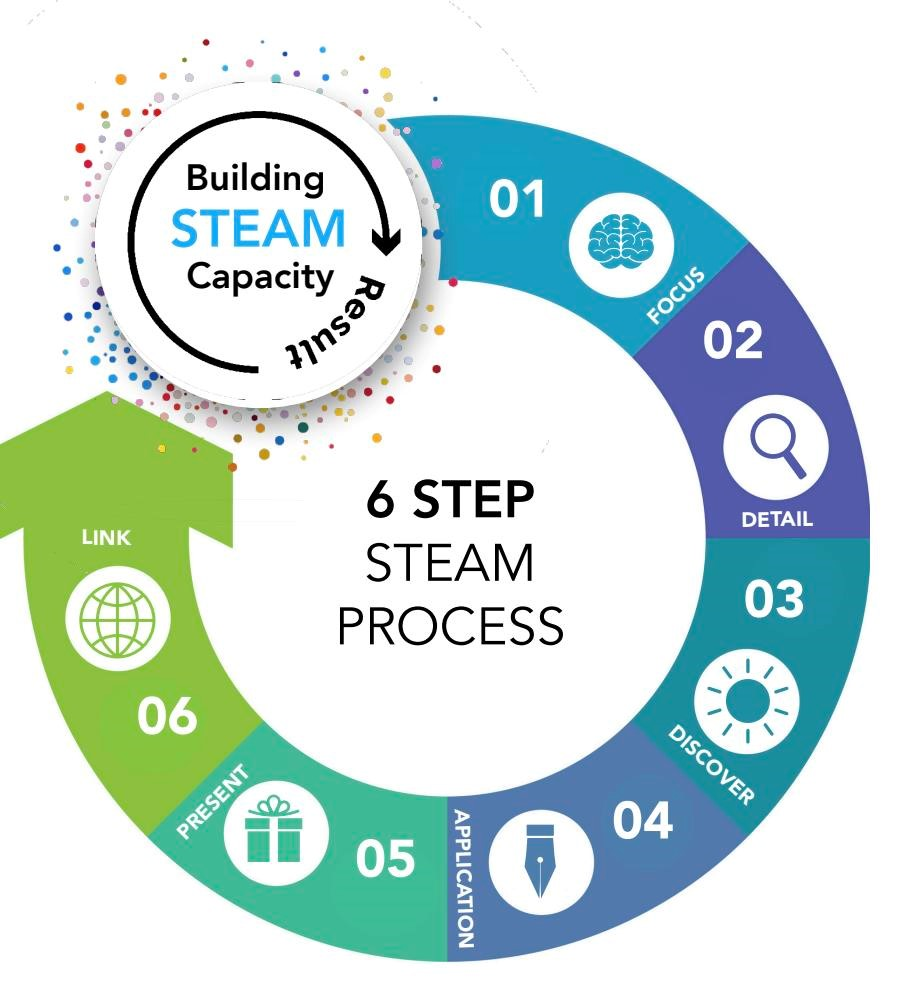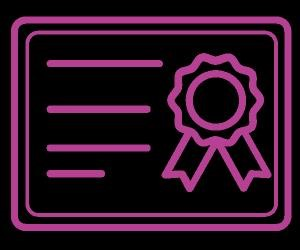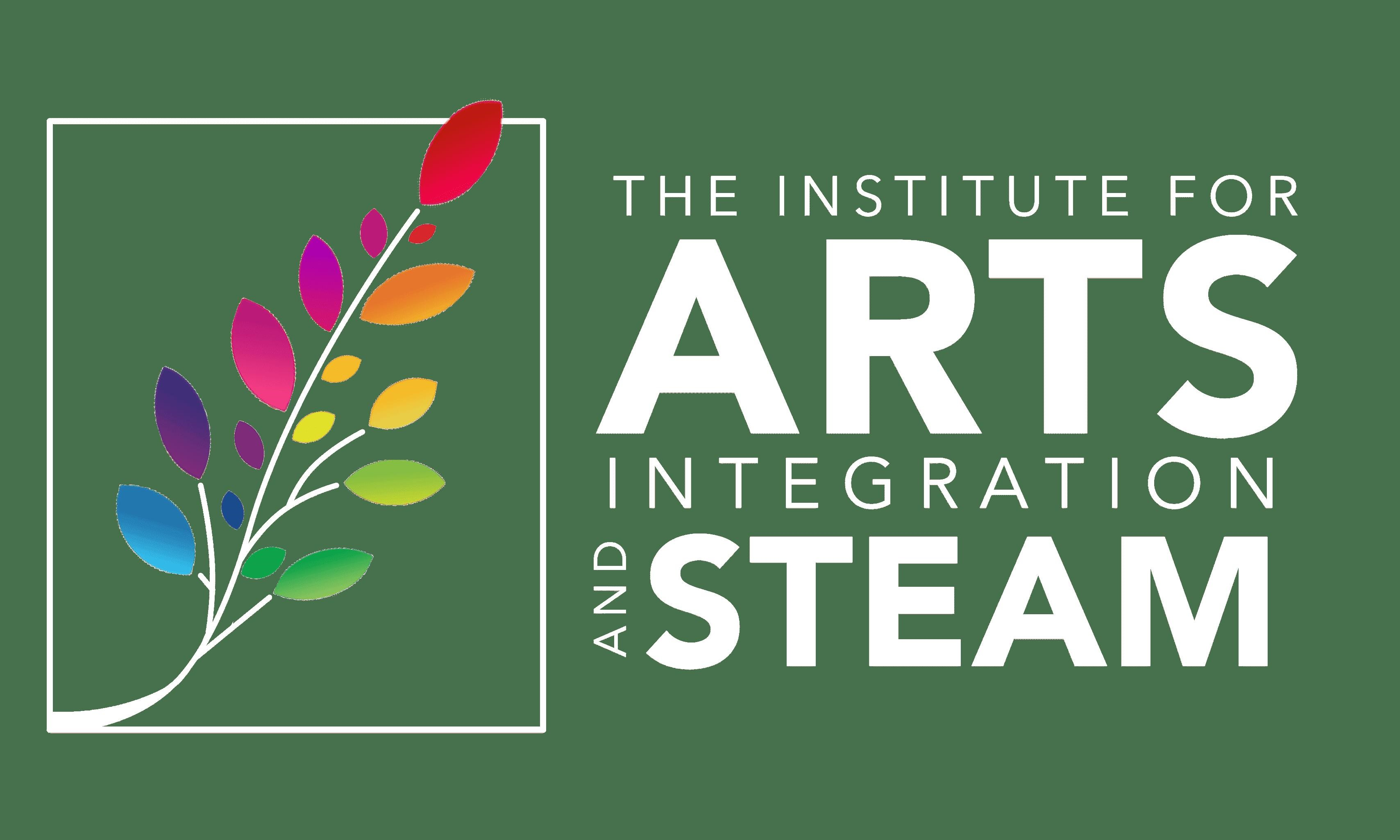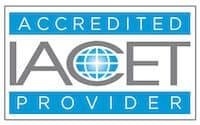This comprehensive guide will explore STEAM education, a transformative approach to learning that integrates Science, Technology, Engineering, Art, and Math. It will cover the importance of STEAM education, the research supporting its effectiveness, and how to implement it in your classroom or school. We will also discuss its relevance to special education, the crucial role of literacy, and strategies for becoming a STEAM teacher.
What is STEAM Education?
STEAM education is a dynamic and engaging approach to learning that encourages students to explore the world through an interdisciplinary lens. It emphasizes inquiry-based learning, problem-solving, and the creative process, allowing students to connect concepts from different subjects and develop 21st-century skills.

Why is STEAM Education Important?
The traditional model of education often separates subjects into silos, making it difficult for students to see the connections between them. STEAM education breaks down these barriers, fostering a deeper understanding of the world and inspiring a passion for learning.

Key benefits of STEAM education include:
- Enhanced problem-solving skills: By tackling real-world challenges that integrate multiple disciplines, students develop critical thinking and problem-solving abilities.
- Increased creativity and innovation: STEAM encourages students to think outside the box, explore different solutions, and express themselves through various mediums.
- Improved communication and collaboration: Working in teams on STEAM projects fosters effective communication, collaboration, and teamwork skills.
- Greater career readiness: STEAM skills are highly valued in today’s workforce, preparing students for a wide range of careers in STEM fields and beyond.
What the Research Says
Numerous studies have shown that STEAM education has a positive impact on student achievement and teacher efficacy.
- A 2016 study found that students in high-poverty elementary schools who received nine hours of STEAM instruction made significant improvements in their science achievement.
- Research from 2014 indicates that integrating STEAM with literacy can enhance cognitive development, improve literacy and math skills, and encourage students to reflect on their learning.
- Another study published in 2014 highlighted the positive correlation between theater arts and student literacy and mathematics achievement, demonstrating the power of arts integration.
STEM vs. STEAM
While STEM (Science, Technology, Engineering, and Math) education has long been recognized as crucial, the addition of "A" for Art marks a significant shift. STEAM emphasizes the essential role of creativity and innovation in solving problems and tackling challenges.

The STEAM Model
The STEAM model is based on the following core principles:
- Interdisciplinary integration: STEAM lessons intentionally connect standards and concepts from Science, Technology, Engineering, the Arts, and Math.
- Inquiry-based learning: Students are encouraged to ask questions, investigate problems, and seek solutions through exploration.
- Collaborative learning: Teamwork, communication, and sharing ideas are central to the STEAM approach.
- Authentic arts integration: The arts are not merely used as add-ons but are essential to the learning process.
How to Use STEAM: Process and Product
Implementing STEAM in your classroom involves a structured process that guides students through a series of steps:

1. Focus
Start by identifying a clear essential question or problem to address. This should connect to both STEM and Arts content areas.
2. Detail
Explore the elements contributing to the problem or question, uncovering background information, skills, or processes that students already possess.
3. Discovery
Engage students in active research and intentional teaching. This involves investigating current solutions and identifying gaps in knowledge or skills.
4. Application
This is where students put their knowledge and skills into action, creating their own solutions or compositions.
5. Presentation
Students present their solutions or compositions, receiving feedback and sharing their perspectives.
6. Link
Students reflect on the feedback and their learning process, revising their work and deepening their understanding.
Connecting STEAM and Literacy
STEAM education is inherently rooted in inquiry, critical thinking, and process-based learning, which are also foundational to literacy. By asking open-ended questions and encouraging students to explore solutions, STEAM empowers them to become more literate across multiple subjects.
5 Best Practices for Connecting STEAM with Special Education
Here are five best practices for integrating STEAM with special education:
- Provide Options: Offer students a range of choices for their projects, empowering them to showcase their creativity and skills.
- Allow for Wait Time: Give students time to process, struggle, and develop solutions independently, fostering resilience and problem-solving abilities.
- Make it Concrete: Use concrete examples and visual aids to help students understand abstract concepts and figurative language.
- Utilize Thinking Maps: Graphic organizers and thinking maps can help students organize their thoughts, plan their projects, and visualize the bigger picture.
- Align with Student Goals: Integrate student goals and accommodations from their Individualized Education Plans (IEPs) into STEAM projects.
What to Look for in STEAM Lessons and Schools
When assessing STEAM lessons and schools, consider the following key outcomes:
- Intentional Connections: STEAM lessons should demonstrate intentional connections between aligned standards from different content areas.
- Inquiry-Based Learning: Observe students engaging in inquiry, problem-solving, and process-based learning.
- Integrity of the Arts: Ensure that the arts content is taught with integrity and not merely as a decorative add-on.
- 21st Century Skills: Look for evidence of students developing collaboration, creativity, critical thinking, and communication skills.
- Equitable Assessment: Confirm that both the content and arts standards are assessed effectively.
- Making Meaning: Encourage students to make real-world connections and explore career pathways related to their learning.
Becoming a STEAM Teacher
STEAM is not limited to specific teachers or classrooms. Everyone in a school community can be a STEAM teacher.
- Professional Development: Invest in high-quality professional development for teachers on STEAM principles, curriculum integration, assessment strategies, and effective lesson design.
- STEAM Credentials: Consider pursuing STEAM certifications or graduate programs to deepen your understanding of the approach.
- Integration, Not Transformation: Avoid simply renaming STEM teachers as STEAM teachers. Instead, focus on providing comprehensive training and support.
- Embrace the Arts: Recognize the vital role of the arts in STEAM education and ensure that students receive adequate instruction in arts skills and concepts.
Final Notes
STEAM education is about fostering a culture of inquiry, creativity, and problem-solving within the school community. By embracing this approach, you can empower students to become lifelong learners, innovators, and critical thinkers.
Here’s How We Can Help
At Javanet247, we are dedicated to supporting educators on their STEAM journeys. We offer a range of resources, including:

- Free Masterclasses: Explore our free masterclasses to learn more about STEAM and earn professional development hours.
- All-Access Pass: Access comprehensive curriculum resources, professional development materials, and support tools for educators.
- Certifications: Earn individual or school-wide certifications in arts integration and STEAM.
We believe that with the right tools and support, you can create a vibrant and transformative learning environment where STEAM thrives.




Learn more about us at: javanet247
Let’s make learning an exciting and rewarding experience for all students.
